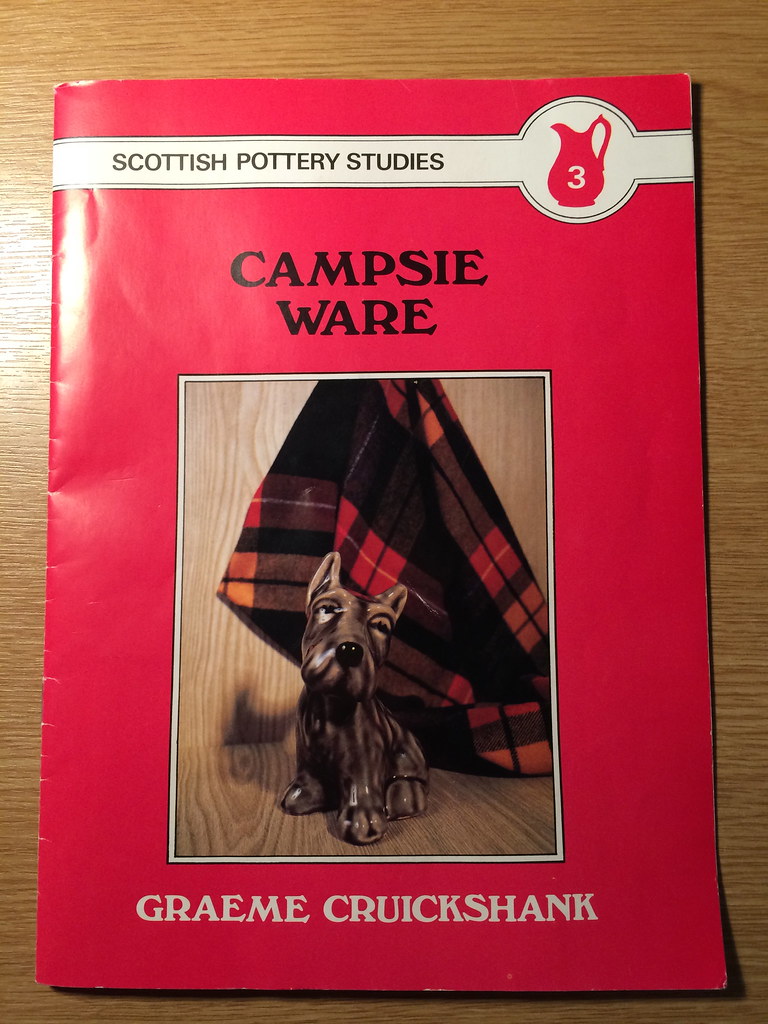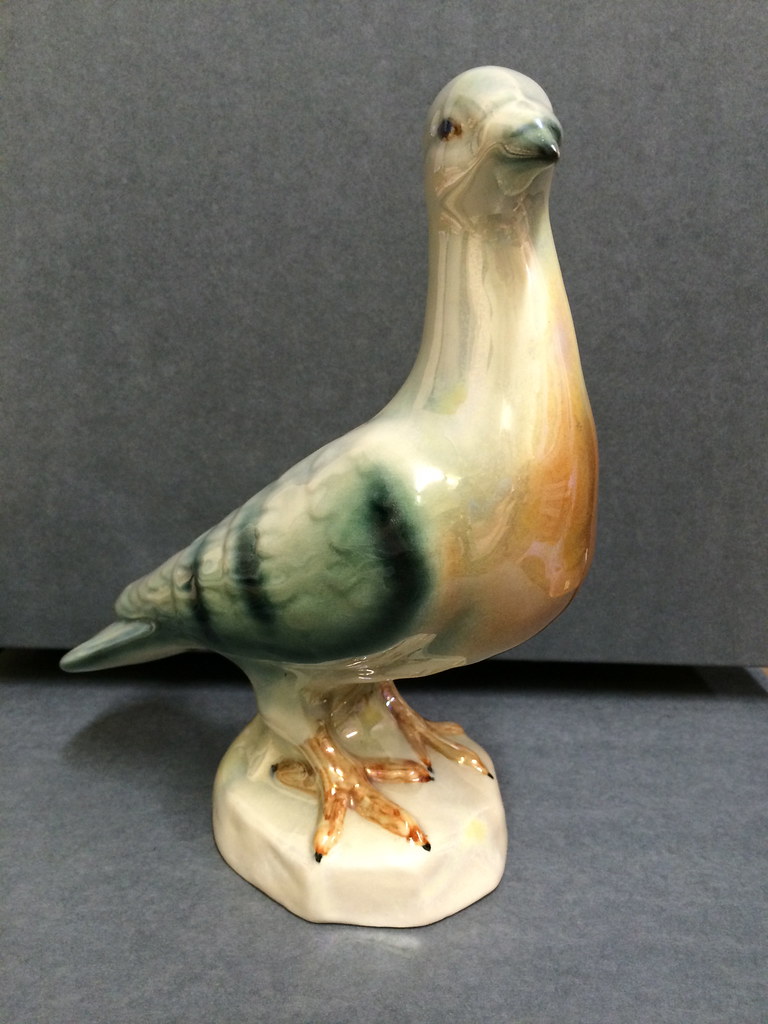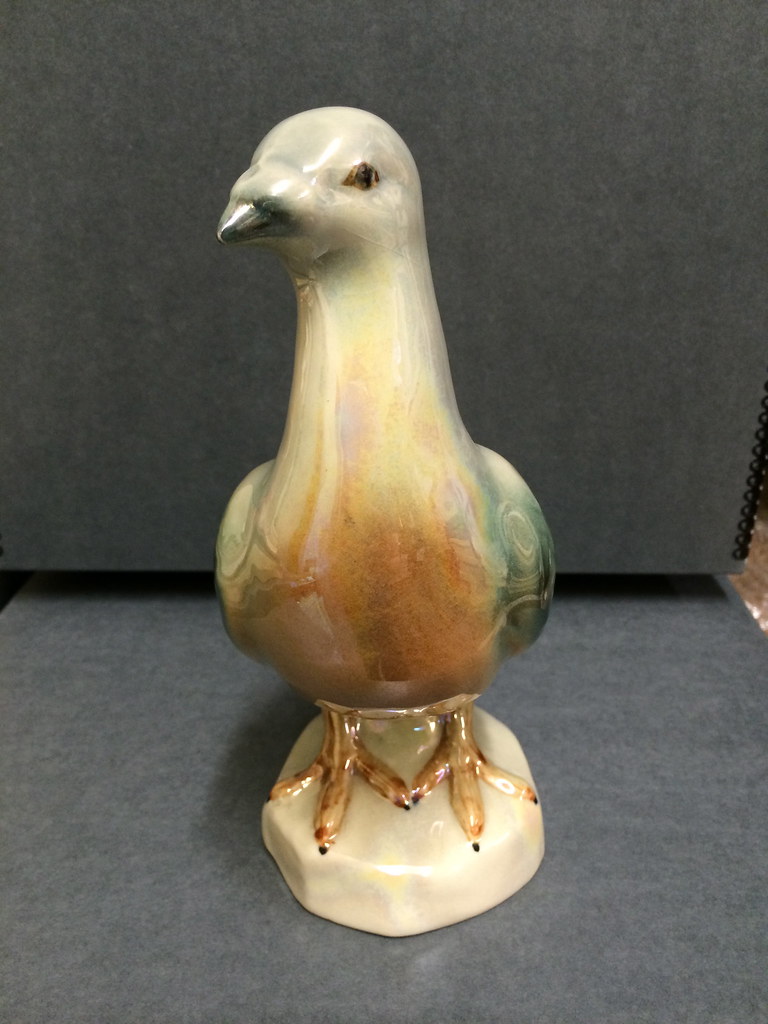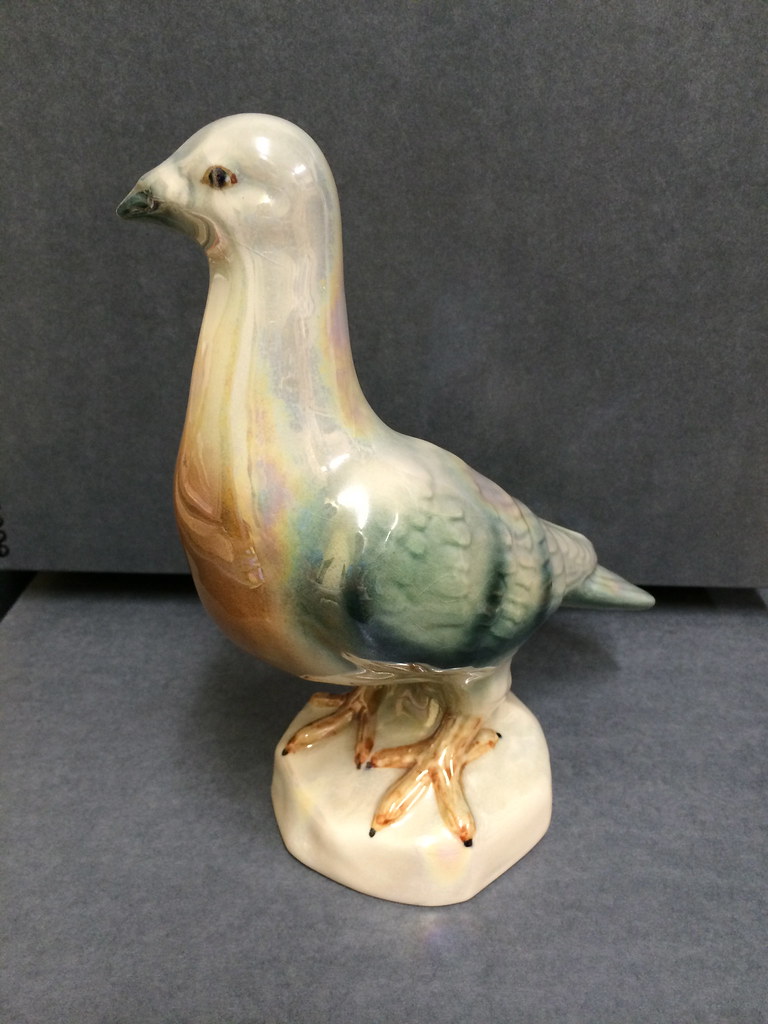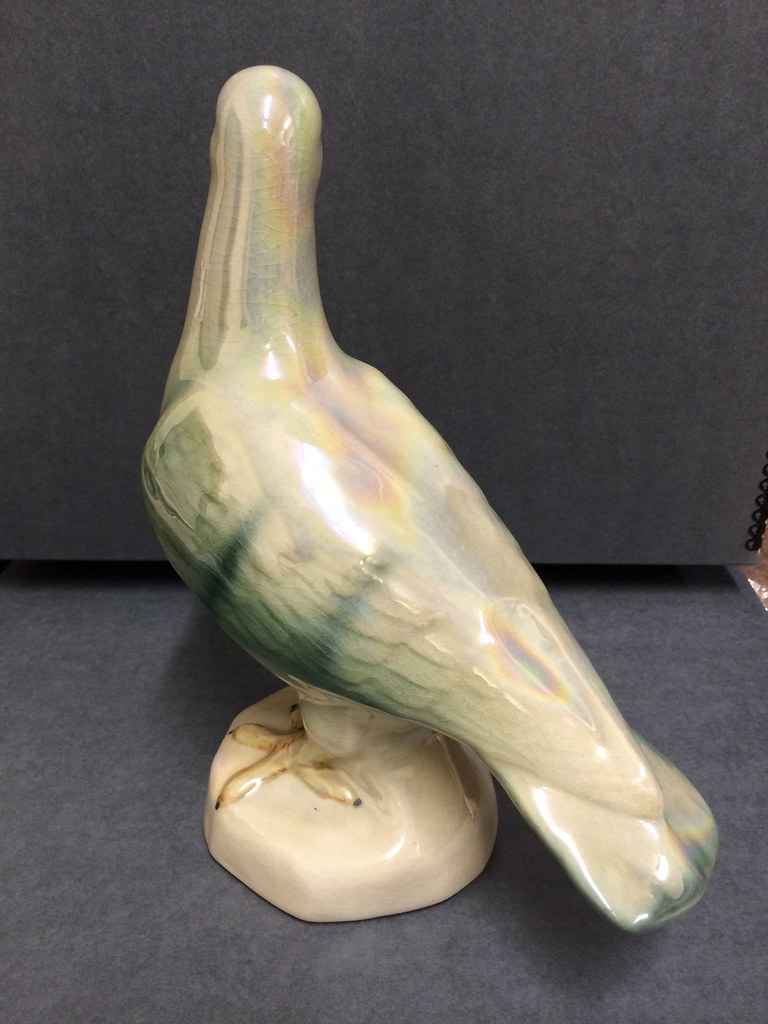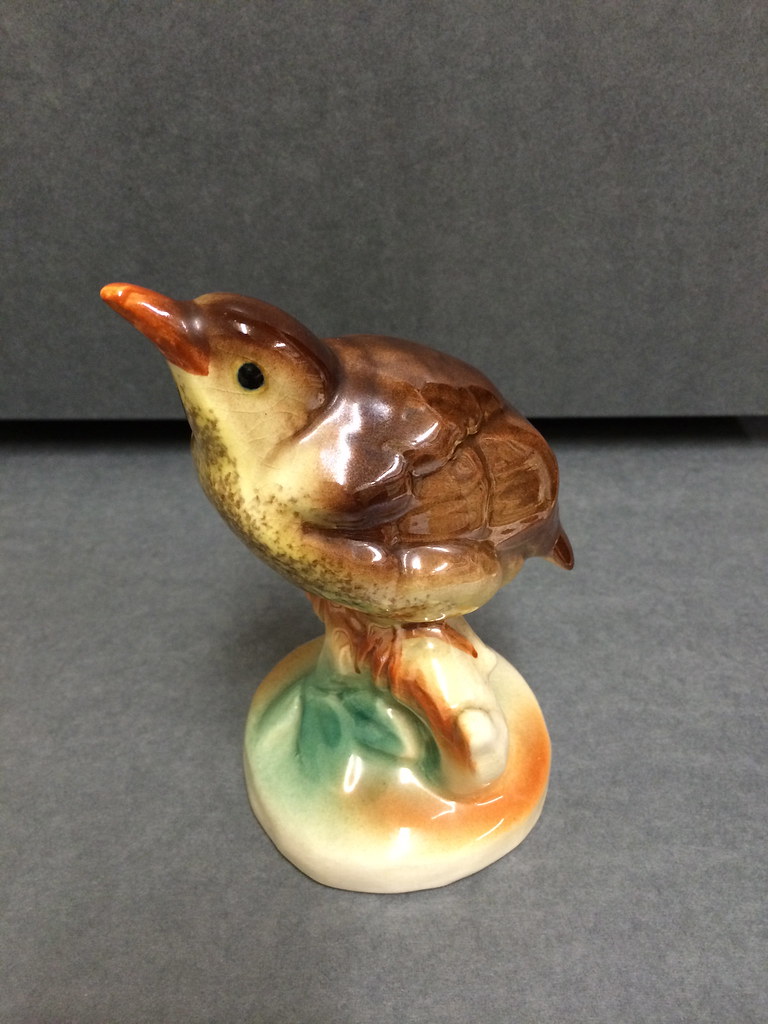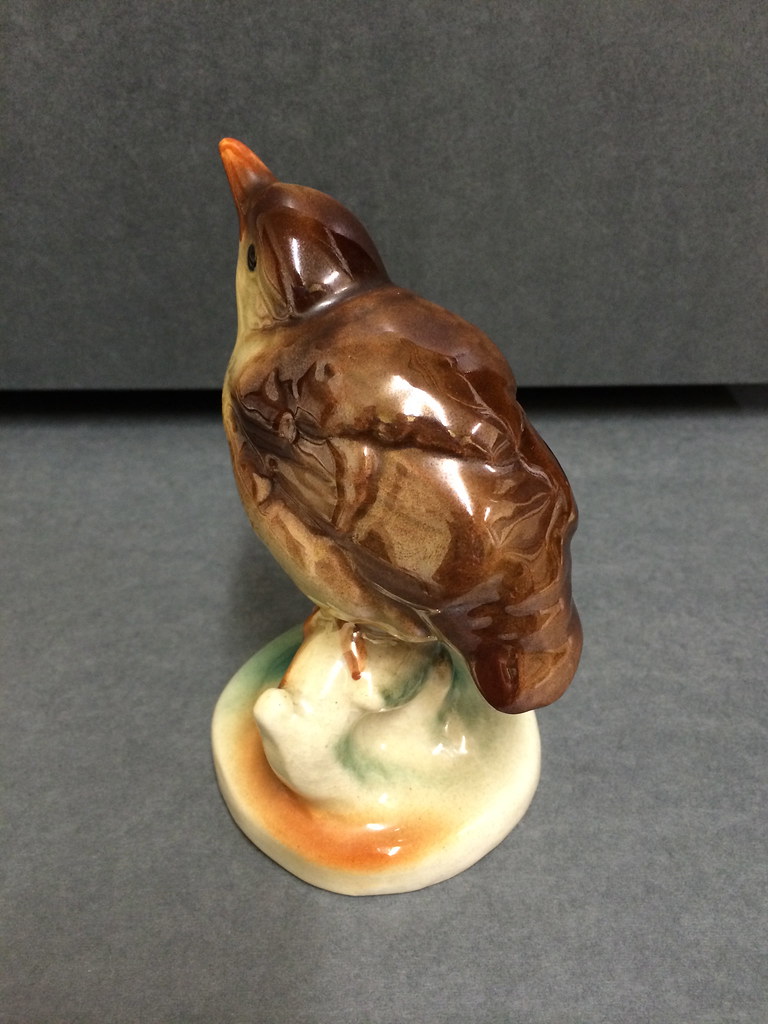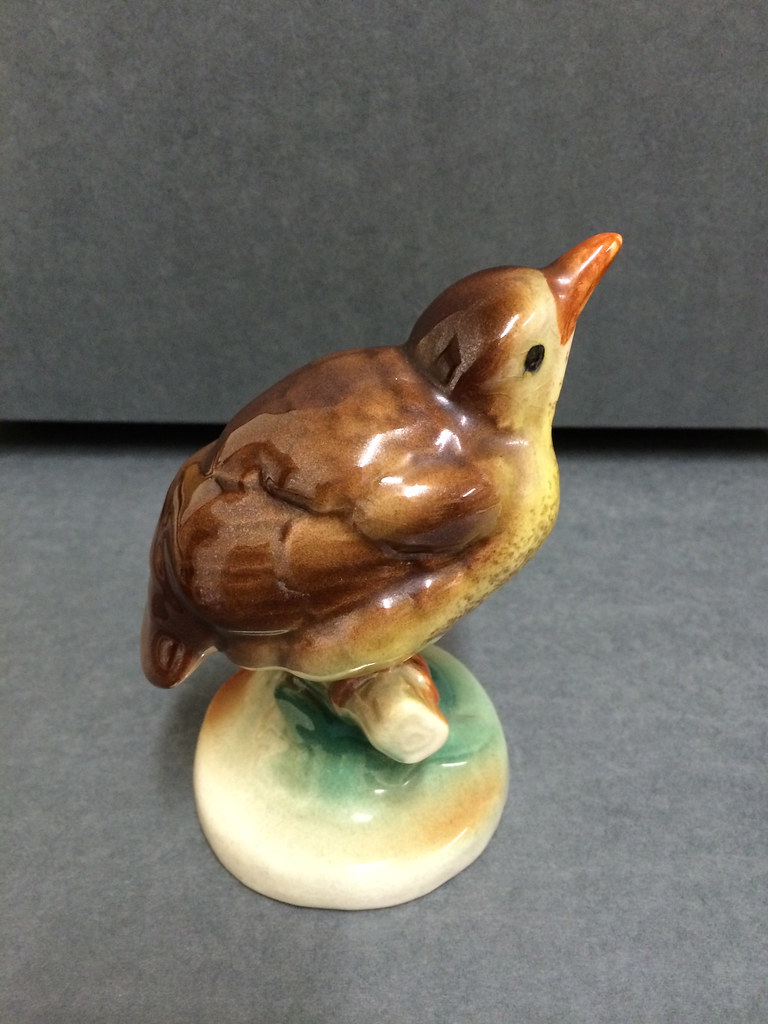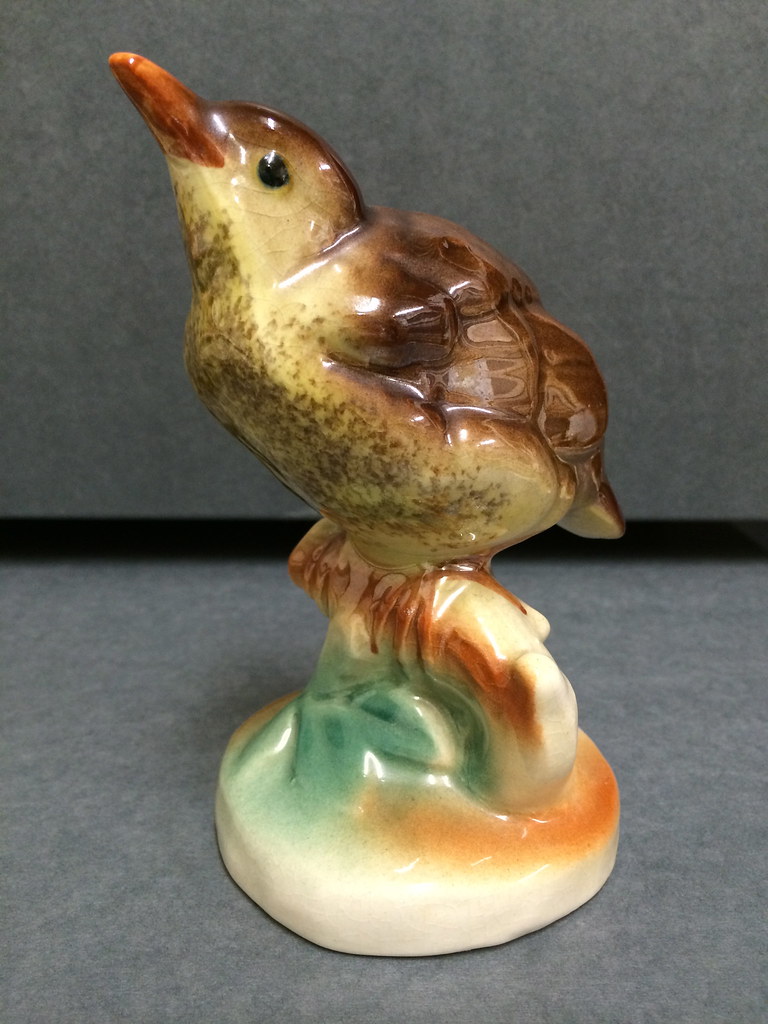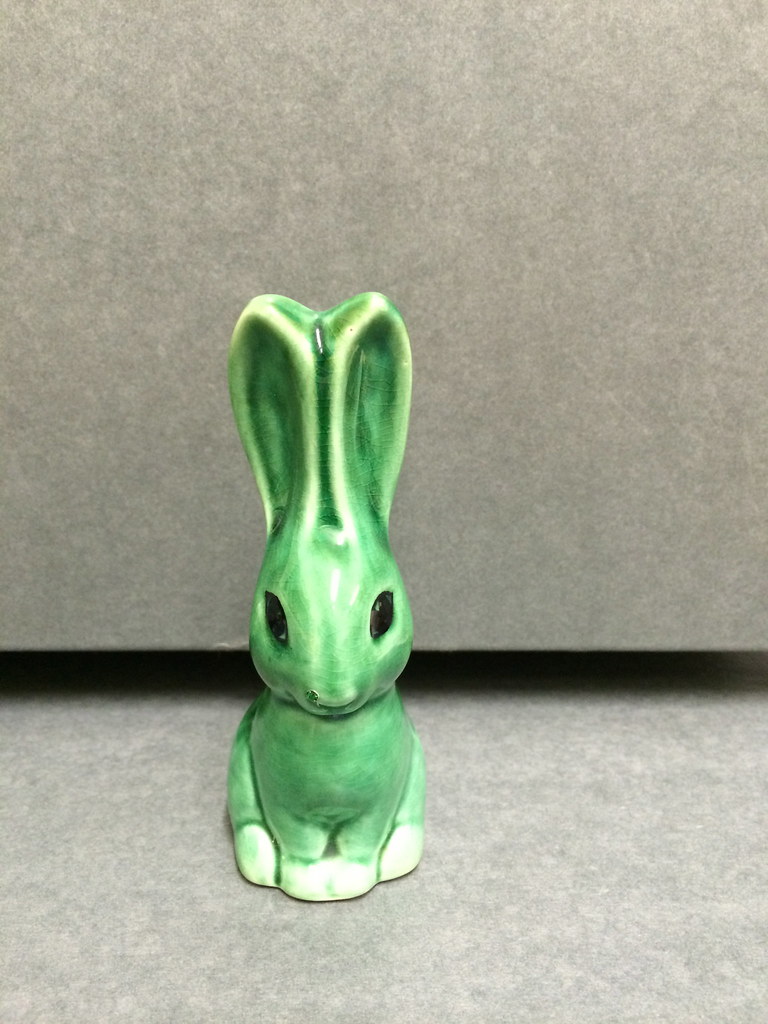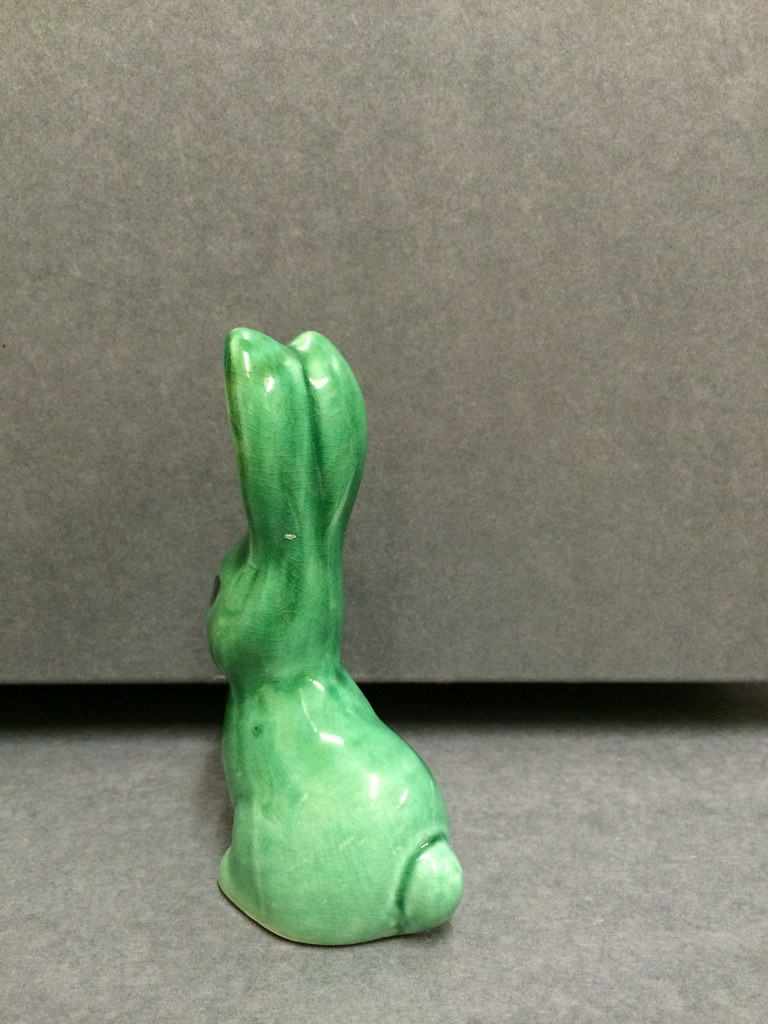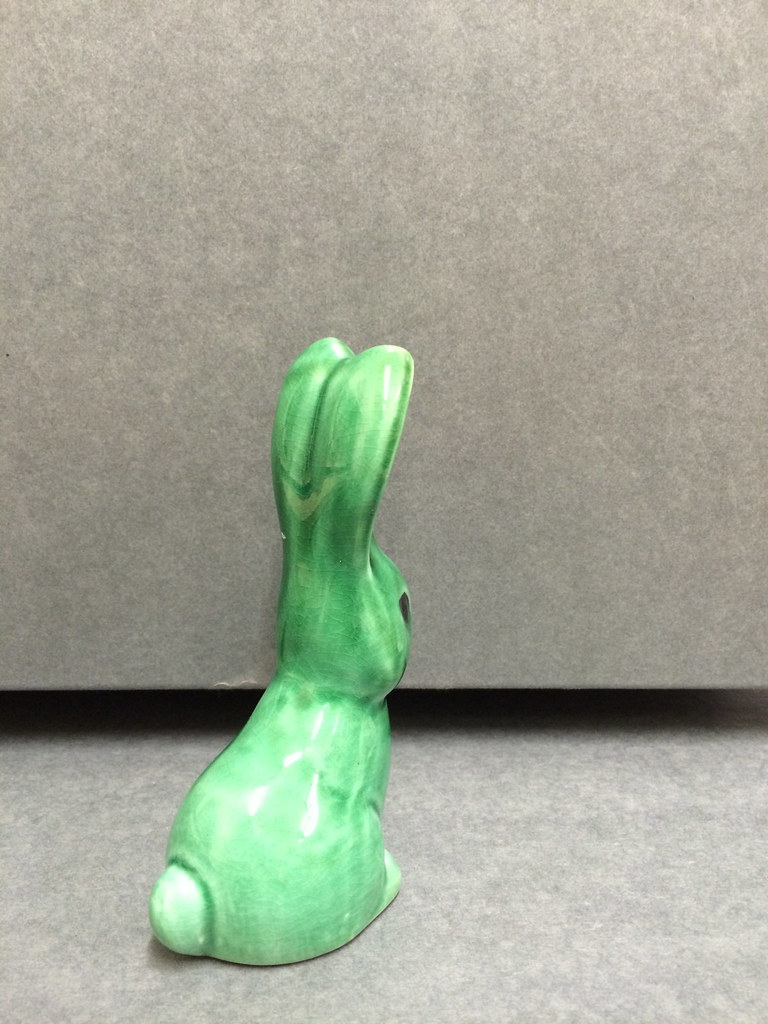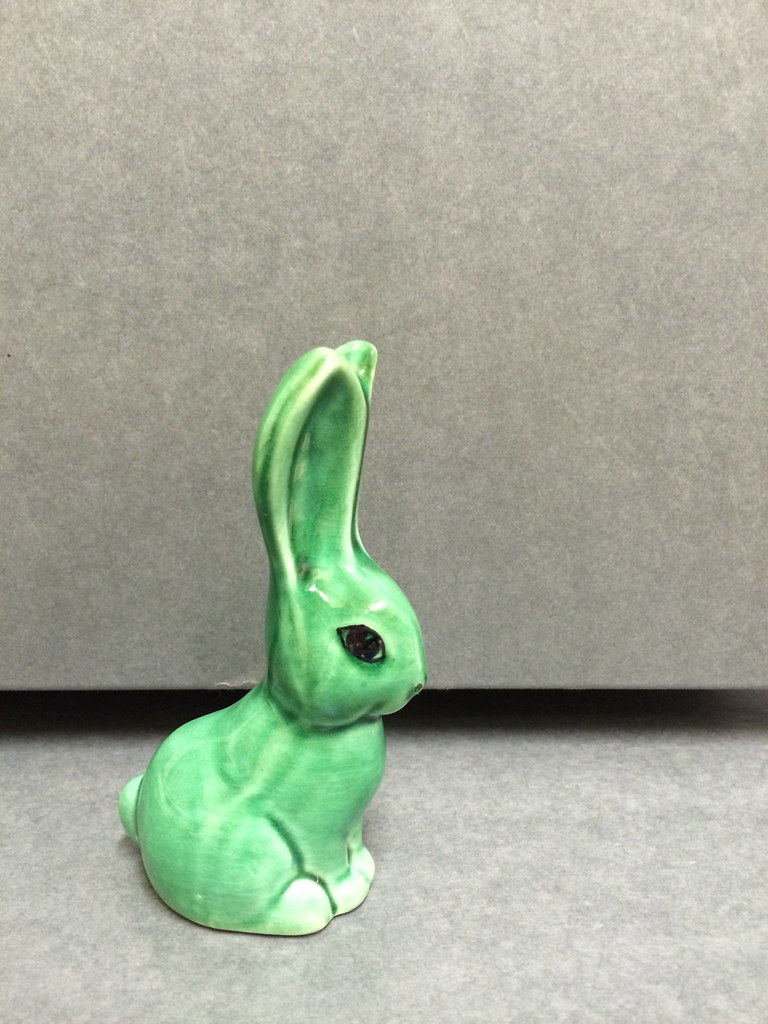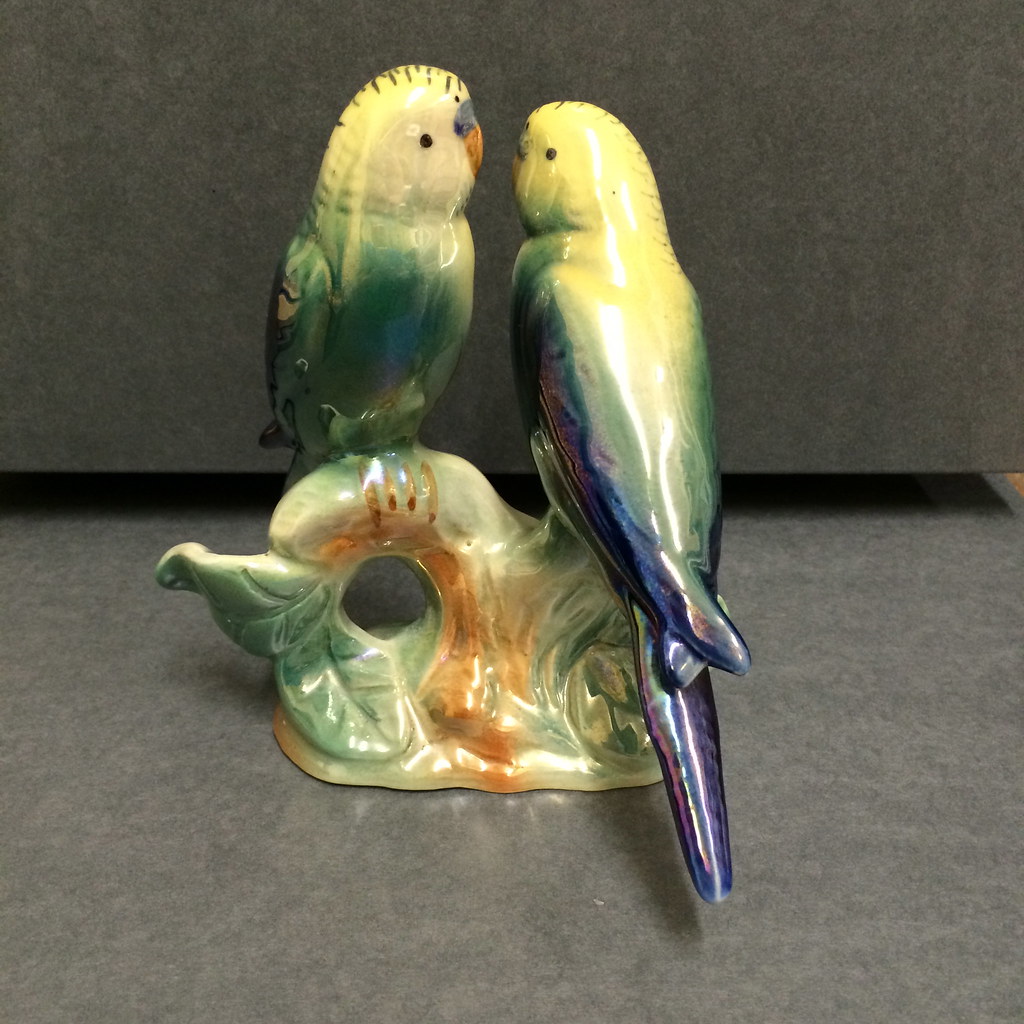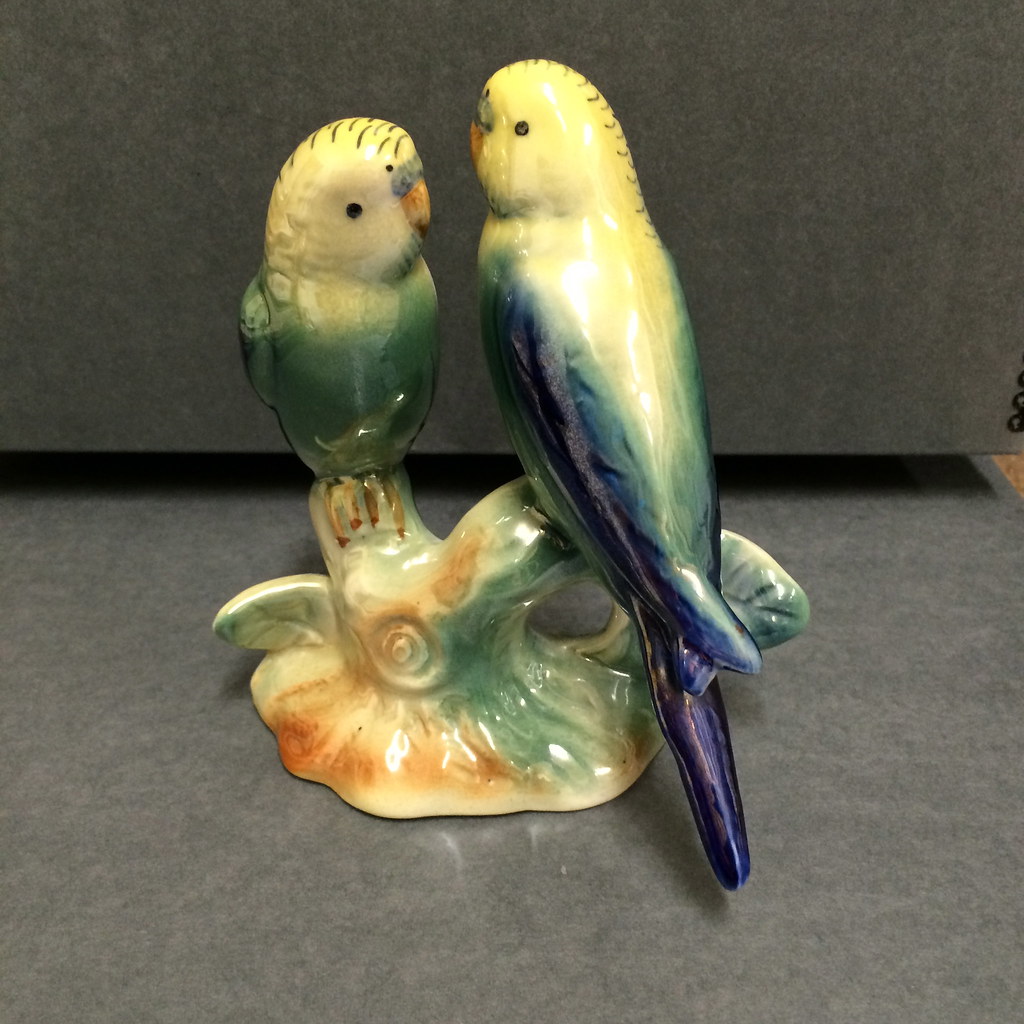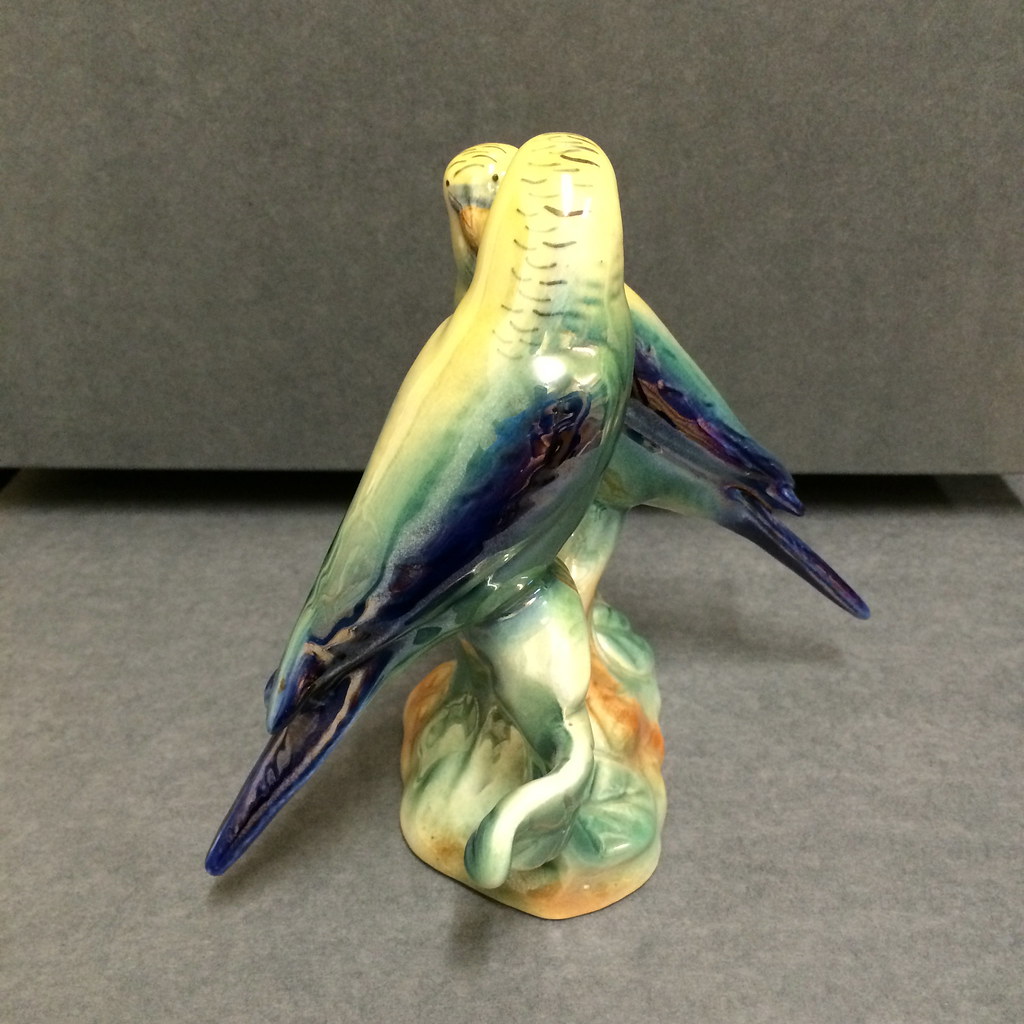Distinctively Scottish!
For a comprehensive telling of the Campsie Ware story you could check out a great little book in the Scottish Pottery Studies, 3, ‘Campsie Ware’ by Graeme Cruickshank.
Here’s a quick overview of things that caught my attention:
Campsie Ware is described as both Scottish and distinctive.
The history of Campsie Ware is an interesting story of doggedness, perseverance and adaption.
‘’At the peak of production the molds were reused so many times it apparently became a standing joke with the pottery workers that the boss would keep on making birds until they looked like frogs!’
Key facts:
• Started by Edward Langley (originally from Liverpool and more commonly called Ted) in 1952 in 132 Pitt Street, Glasgow.
• In 1955 they moved to 29/31 Lister Road in Hillington where it thrived for approximately the next 30 years.
• In 1975, Langley’s twenty year lease of the Hillington Factory came to an end. In all that time there had been no rent increase, but now Ted was faced with a massive rise. He therefore decided to move and return to his old stamping ground, setting up at West Baldoran Farm on the outskirts of Milton of Campsie, not far from the scene of his first efforts at pottery-making in the late 1940’s. He brought one of the electric kilns from Hillington with him and established himself at Campsie in a one-man operation in a semi-retired capacity.
Interesting facts
• Ted Langley lost 3 fingers of his right hand at the age of 3 but became very dexterous with his remaining index finger and thumb.
• Ted Langley continued to be a practicing potter right up to the time of his death in 1982. Indeed he left behind a half finished kiln load of pottery, the firing of which was completed by his son George.
• Ted’s son George established the Cromlech Pottery Company Ltd in Cumbernauld in 1977, running it unto 1985.
